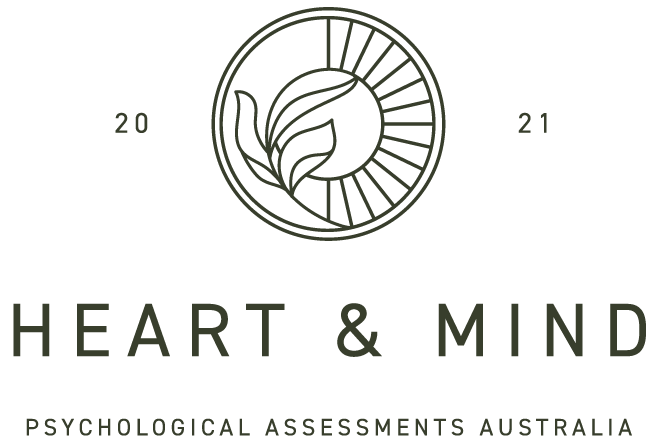How To Know If Your Child Has ADHD.
Attention deficit hyperactivity disorder (ADHD) affects 1 in 20 Australians, and is more commonly observed in boys than in girls (The Royal Children’s Hospital Melbourne, 2021). ADHD inattentive and ADHD hyperactivity are often confused with one another, but in reality, those with ADHD present many of the same symptoms as ADHD inattentive, but also hyperactive and impulsive.
The symptoms of ADHD show during childhood, before the age of 12, though are commonly discounted as simply misbehaving or being a ‘problem child’. If you believe your child or teenager has symptoms, it is important for them to get assessed so that, together, we can help manage their symptoms to ease the impact of ADHD on everyday life (Smith, Robinson, & Segal, 2021).
The most well known symptom of ADD is difficulty paying attention. Children with ADD often find it hard to concentrate and have a short attention span, seemingly flitting around at random. It can be difficult for them to follow instructions, and they can make simple mistakes on schoolwork or have difficulty beginning school work at all. A large part of this is due to a difficulty in concentrating for prolonged periods of time. Children with ADD may also become easily distracted by things that are irrelevant to the task at hand. This can include things in the surroundings that cause the child to become distracted, despite the distractions themselves being unimportant or dull. Forgetfulness is also common, especially forgetting daily activities and constantly misplacing items. If these sound like behaviors you have seen in your child, book an appointment for an ADD assessment with one of our friendly psychologists here at Heart and Mind. Of course, we have all experienced difficulty with concentration, or the occasional lapse in memory, but for those with ADD, it is a constant struggle, and one which can hamper their development.
Children with ADHD will have many of the symptoms described above for ADD, however they can also be more hyperactive and impulsive. People around children with ADHD may simply believe it is a lot of excess energy, but this is not necessarily the case. Your child may struggle to sit still, especially through class, and will fidget or shift around in place. This restlessness, as well as being talkative and struggling to play quietly, are all signs of hyperactivity. Again, many (if not all) children do seem to have excessive energy at times, but for those with ADHD, it is an often uncontrollable and continuous struggle to remain still. Impulsivity is when your child struggles to think before they do things. If your child interrupts others or yells the answer to a question before the teacher has finished saying the question, this could be impulsivity. Alternatively, some children with ADHD may not actually display impulsivity or hyperactivity, but are severely inattentive, seemingly off in their own world. If your child behaves in a hyperactive or impulsive way—in addition to finding it hard to pay attention—it is possible that they have ADHD (American Psychiatric Association, 2013).
Recognising and responding to these attention disorders helps us to ensure your child is supported throughout their educational and social development, so book your appointment with us today.
Researched and Written by Chantelle Takos
Edited by Liam Correll
References
American Psychiatric Association. (2013) Diagnostic and statistical manual of mental disorders. (5th ed.) American Psychiatric Association
The Royal Children’s Hospital Melbourne. (2021). Attention deficit hyperactivity disorder (ADHD). https://www.rch.org.au/kidsinfo/fact_sheets/Attention_deficit_hyperactivity_disorder_ADHD/
Smith, M., Robinson, L., & Segal, J. (2021). ADHD in Children. HelpGuide https://www.helpguide.org/articles/add-adhd/attention-deficit-disorder-adhd-in-children.htm#:~:text=Your%20child%20may%3A,details%20or%20makes%20careless%20mistakes.
